Gross pollutant traps
What are gross pollutant traps (GPTs)?
Gross pollutant traps (GPTs) are one way to treat stormwater before it enters local waterways. The Inner West local government area falls within three catchments:
- Lower Parramatta River catchment in the north west that flows into Sydney Harbour
- Sydney Harbour in the north
- Cooks River in the south that flows into Botany Bay
Inner West Council has 23 GPTs that play an important role in removing large (gross) pollutants greater than 2mm from stormwater runoff.
Plastic bags, plastic bottles and takeaway food containers are the most common types of litter found in GPTs, followed by garden waste.
GPTs are an end solution to the problem of waste entering our waterways. They are expensive to construct and require maintenance that cost more than $80,000 in 2015/16.
Examples of GPTs
Here are some examples of different types of GPTs installed along the Cooks and Parramatta Rivers.
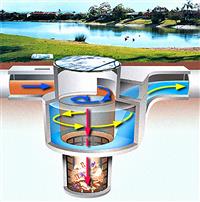
Diversion system
The *red* arrows show how large items sink to the bottom of the GPT, the *blue* arrows show how sediment is trapped, and the *yellow* arrows show the path of stormwater. This is based on an illustration by Rocla, who manufacture GPTs.
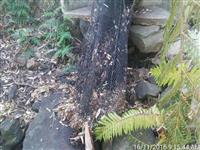
End-of-pipe net
An end-of-pipe net GPT, located in Marrickville.
Floating boom net
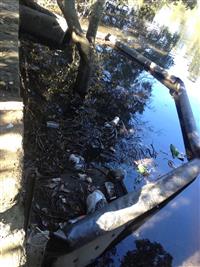
A floating boom net GPT, located in Earlwood.
Trash rack
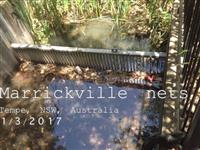
A trash rack GPT, located in Marrickville.
GPT data
Visit the GPT data page to see the amount of waste collected by Council's GPTs before it enters the Cooks River, Parramatta River, and Sydney Harbour.
The GPTs are visually inspected and cleaned monthly.
The journey of litter
See how far litter can travel in our waterways.
Parramatta River and Sydney Harbour
The journey of a plastic bottle from Hawthorne Canal to Balgowlah Heights.
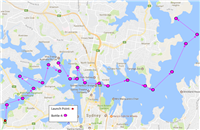
The Cooks River
The voyage of a plastic bottle along the Cooks River.
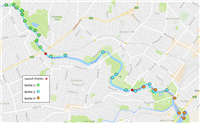
See other infrastructure that prevents litter entering waterways
Sydney Water’s litter boom traps stop the movement of litter once it enters a waterway. Litter booms help because it would be far too costly to install a GPT on every stormwater outlet. See the amounts of litter collected by the litter booms near you.